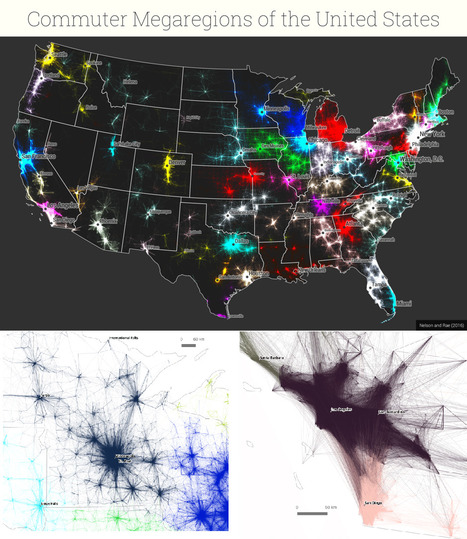Multi-ethnic neighborhoods in England retain their diversity and are much more stable than such neighborhoods in the U.S., according to geographers from the U.S. and U.K. The team examined how neighborhood diversity has changed on a national scale from 1991 to 2011 using U.K. Census data.
Past studies of this kind have often focused on neighborhoods in which the presence of two or three different ethnic groups constituted a diverse neighborhood but this study applied a more rigorous standard. A multi-ethnic neighborhood had to have at least five or more ethnic groups represented and no group could represent more than 45% of the neighborhood's population.
Via UK Data Service, Elizabeth E Charles



 Your new post is loading...
Your new post is loading...
































This article references research using data available in the UK Data Service collection:
1991 Census
2001 Census